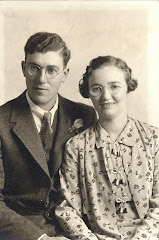"The starchy bulbs of the camas lily plant were collected mostly by Northwest Coast Indians of Cape Flattery, California; the Nez Perce of Idaho as well as those of Pitt River; and the Plateau Indians in parts of Idaho, Oregon, Washington and Montana. The bulbs were second only to salmon in importance in their diet. Each spring the meadows of the Northwest were covered with the blue flowers of the camas. The tribes went looking for them in early spring, an activity that involved the entire village. When the blossoms withered, the women dug out the bulbs and twisted the roots from the ground with willow digging sticks. The bulbs were eaten raw, roasted or pulverized into flour and made into cakes that were then boiled. In pressed form, camas kept for a year or more. Camas bulbs were also often baked in pits lined with flat stones. A fire was made in the bottom, and after the stones got hot, the ashes were removed, and the pit lined with green leaves and then partially filled with bulbs that were covered with more leaves and earth. After about thirty-six hours, a kind of sweet taste and became the focus of many community feasts and festivals. The gathering and preparation of camas continued to link groups like the Nez Perce to their traditional food ways long after they were relocated to a reservation."
Berzok, Linda Murray. 2005. American Indian Food. Food in American History. Greenwood Press, Westport, Connecticut
Camas - 1928
Camas - Plant Description - 1928
Buttercups and Camus - May 2009
We have a small stand of camas, in the shady meadow near our mailbox. There is a much larger stand of camas and buttercups in a sunny meadow about 1/2 a mile from our house.






















No comments:
Post a Comment
Thanks so much for taking the time comment!